https://name-stamp.com
The best Japanese gifts Hanko ( Japanese name stamp )
What is Hanko ( Name stamp )
In Japan, instead of signing things we stamp our Hanko ( Name stamp ). Hanko is also called “Inkan”. We use them when we want to open a bank account, buy a house, rent something, or sign an important contract. It’s considered a form of ID in Japan.
Hanko is a part of Japanese society and it’s a very important part.
If you should ever come to Japan, you’ll need one for your own bank account or to rent a home, they’re very important here.
How to stamp Hanko ( Name stamp )
Japanese people use their Hanko all the time. When you write letters, you use your Hanko instead of signing your name. you also stamp it on various other things you carry around just to give it a personal accent.
Hanko makes great souvenirs and presents. You can have your name written in Kanji, Katakana, Hiragana or English characters on your Hanko.
There are 2 types of Hanko, one of them is round one that’s called Maruin and another one is Square Hanko that’s called Kakuin in Japanese.
These are Maruin.
This is Marianna by Kanji
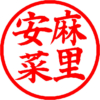
This is Francesco by Katakana charactor.

Maruin has 3 types of Hanko below.
Jitsuin
A jitsu-in (literally meaning “actual/true seal”) is the one you would use when signing a contract. If you’re a freelancer and you need to sign a contract with a company, you need a jitsu-in. The same goes for other situations like setting up a company or buying a house. For the jitsu-in to have legal standing, you must register it at your city office. After you’ve registered it, they’ll also issue you with a “inkan card” which will allow you to print certificates of seal registration. When signing an important contract, you’ll often need to impress your seal and provide the certificate to prove that it’s your inkan and that it’s registered.
Ginkoin
A ginko-in is simply a hanko for financial transactions. Instead of registering it with your city office, you just register it with your bank(s). It can be used to withdraw money from your account or sign up for a loan, so you should look after it. While Japanese patrons are typically required to register a ginko-in when they open a bank account, most banks don’t require it of foreign customers. One big exception is when you start a company. Since a company isn’t a real person and can’t sign anything, you need to register a ginko-in when you open an account.
Mitomein
A mitome-in is your regular, everyday hanko which you use for everyday things—like receiving parcels or for stamping on an invoice if you are a freelancer. The mitome-in is not registered anywhere and has no legal standing.
Some people use the same inkan for all three different purposes, but given that the jitsu-in is equivalent to your signature, and it can be easily copied, the less you use it the better. Also, for almost any situation where a mitome-in is needed, a simple signature will suffice.
These are Kakuin
This is Emma by Kanji
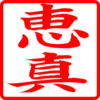

When you do Shodo or do fishing you stamp Kakuin instead of sighing things or under your sign or ilike them below.
Would you like to make your original Hanko ( name stamp )?
Please make line drawing
( portrait, words, name, and so on ) in BMP jpg png and send it to us.
Our collections
https://name-stamp.com/hanko-inkan/hankoinkan
Cotton 100% Made in Japan
Would you like to try Jinbei?
Samue is a traditional Japanese work clothing, made of a pair of trousers and a long sleeved jacket. Loose-fitting and resistant, it was originally used by craftsmen and artisan for its remarkable ease of movement, but nowadays is also very appreciated as loungewear, for DIY hobbies or to simply have a walk with a comfortable outfit. Suitable for every season, it’s also still used by Buddhist head monks as loungewear when they are in the Temple.
In NY and London Japanese traditional clothing, the accessory has become a boom.
Cotton 100%
This can be washed in the washing machine.
This texture is similar to jeans.
Cotton 100% Made in Japan
This can be washed i in the washing machine.
This texture is similar to a cotton T-shirt.
Would you like to try Samue?
Hanten was originally a traditional short coat,a kind of everyday jacket worn by townspeople in medieval times of Japan that is Edo Period.
Needless to say, Hanten is still worn in modern-day Japan, often as casual wear for home or outdoor activities.
In NY and London Japanese traditional clothing, the accessory has become a boom.
Cotton shantung Made in Japan
This can be washed in the washing machine.
This texture is similar to a cotton T-shirt.
Cotton 100% Made in Japan
This should not be washed in the washing machine.
It is better to wash it with your hand.
This texture is similar to a cotton T-shirt.
Would you like to try Japanese traditional half coat?
The most widely known symbol of Japanese traditional Summer outfit, Yukata are light and simple long robes, similar to Kimono in their shape but much more informal and easy to wear. They are usually worn during Japanese Summer events such as Matsuri or Fireworks Festivals.
Cotton 100% Made in Japan
Cotton 100% Made in Japan
Would you like to try Yukata?
Furoshiki is a traditional Japanese square cloth, for wrapping items, such as gifts and presents, or transporting them. It’s also usable as it is, as tablecloth, sofa decoration etc., or can be folded and tied to create fashionable eco-bags. Versatile, convenient and reusable, this Japanese ancient tradition perfectly matches nowadays needs for a more ecologic and waste-free way of creating bags and wrappings.
In this video, you will find simple instructions on how to tie a Furoshiki to create a bag or a wine bottle case.
Furoshiki size 108 cm × 108 cm
Cotton 100% Made in Japan
This can be washed in the washing machine.
This texture is similar to a cotton T-shirt.
Furoshiki size 108 cm × 108 cm
Cotton 100% Made in Japan
This can be washed in the washing machine.
This texture is similar to a cotton T-shirt.
Furoshiki size :118 cm × 118 cm
Cotton 100% Made in Japan
This can be washed in the washing machine.
This texture is similar to a cotton T-shirt.
Furoshiki size : 118 cm × 118 cm
Cotton 100% Made in Japan
This can be washed in the washing machine.
This texture is similar to a cotton T-shirt.
Would you like to use Furoshiki ?
Hagire are traditional Kimono fabric scraps, collected and sewn together to create many different objects as in Patchwork crafts. Since Hagire are leftovers of the fabric used to sew Kimono, and not industrially produced, their color and pattern may vary from the picture, depending on the season and ordering time. Every order will be a surprise!
Cotton 100 % Made in Japan
This can be washed in the washing machine.
This texture is similar to a cotton T-shirt.
Would you like to do patchwork with Kimono scraps?
Japanese traditional silk scarf size : 78 cm × 78 cm
Silk 100% Made in Japan
This can not be washed in the washing machine, please wash it with your hands.
This texture is smootrh.
Japanese traditional silk scarf size : 78 cm × 78 cm
Silk 100% Made in Japan
This can not be washed in the washing machine, please wash it with your hands.
This texture is smooth.
Would you like to try Japanese traditional accessories?
https://name-stamp.com/hanko-inkan/senja-fuda
The best Japanese traditional gift ( Japanese traditional business card that is called Senjafuda )
Senjafuda are slips or cards with the bearer’s name printed on them.
They were originally votive placards made of wood,
but since the Edo period they have been made of paper like this Washi and
people used to post them inside temples and shrines, as a memory of their visit.
In Kyoto, Maiko and Geisha began to use colorful and patterned Senjafuda
as their buisness card, that were called Hanameishi ( literally “flower buisness card ).
Also you can put your email address, URL and so on on the side of Senjafuda too.
A gift from Japan name-stamp.com
You can make your cool Senjafuda on A gift from Japan.
You can compare an image of Hiragana with an image of Katakana or
an image of English with an image of Kanji and so on before your order is
CATHERINE’s Senjafuda in Katakana
↓
CATHERINE’s Senjafuda in Kanji
↓
ERIC’s Senjafuda in Katakana
↓
ERIC’s Senjafuda in Hiragana
↓
Would you like to make your original Senjafuda ?
https://name-stamp.com/hanko-inkan/senja-fuda
 Japanese gift – A gift from Japan
Japanese gift – A gift from Japan




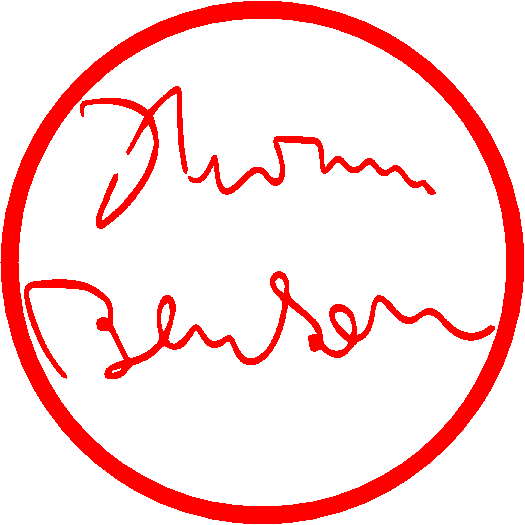

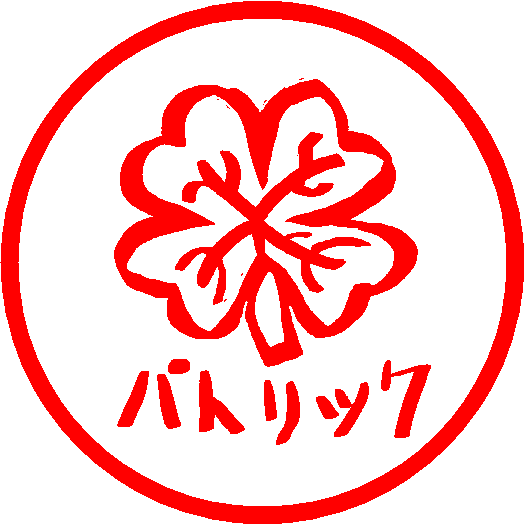


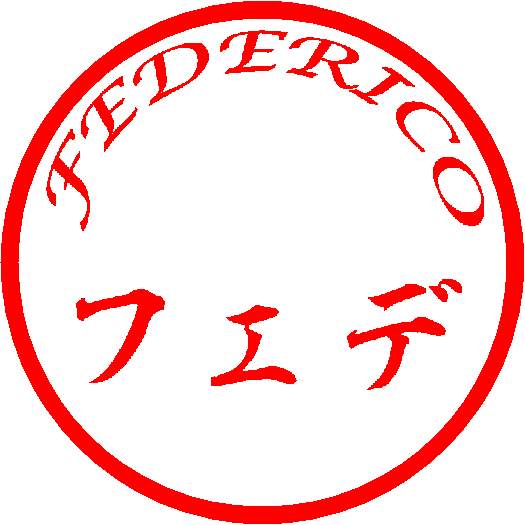
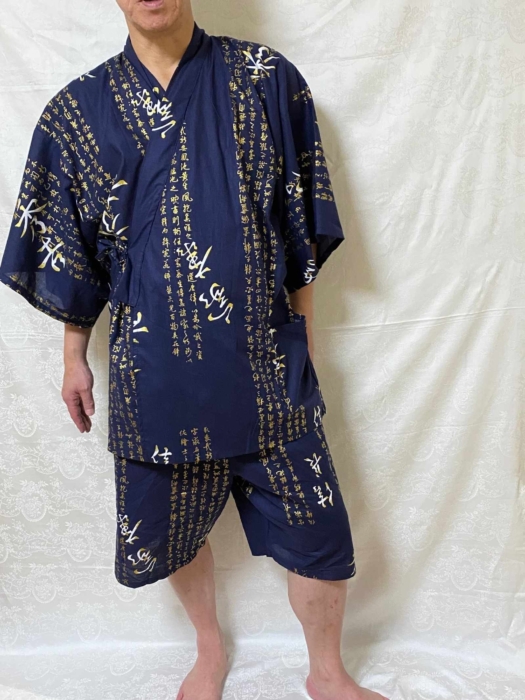
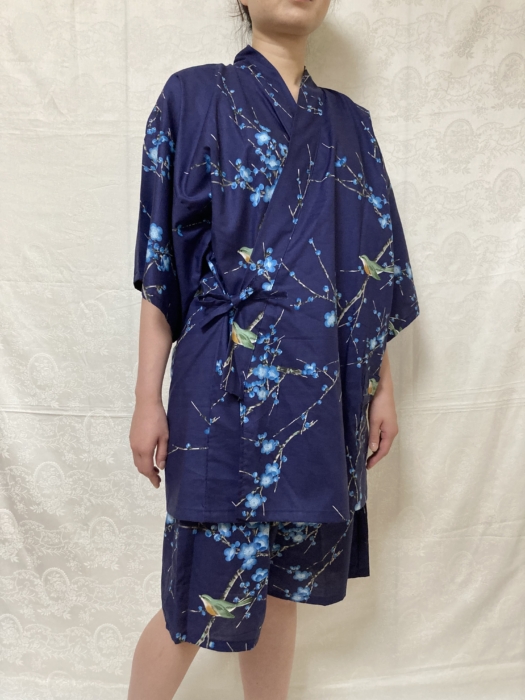
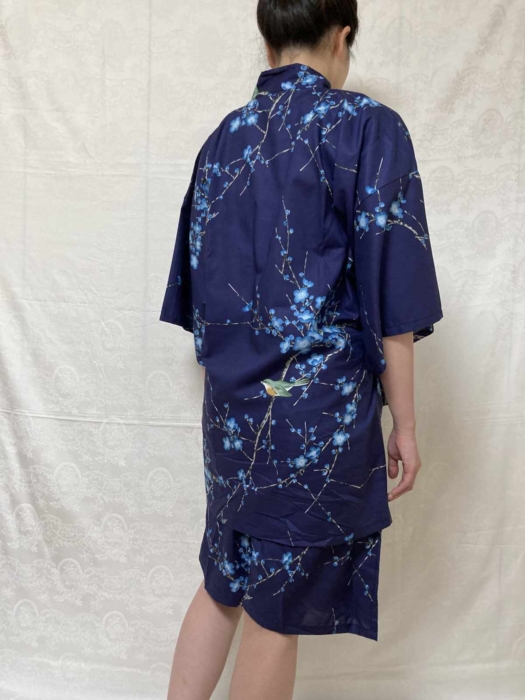
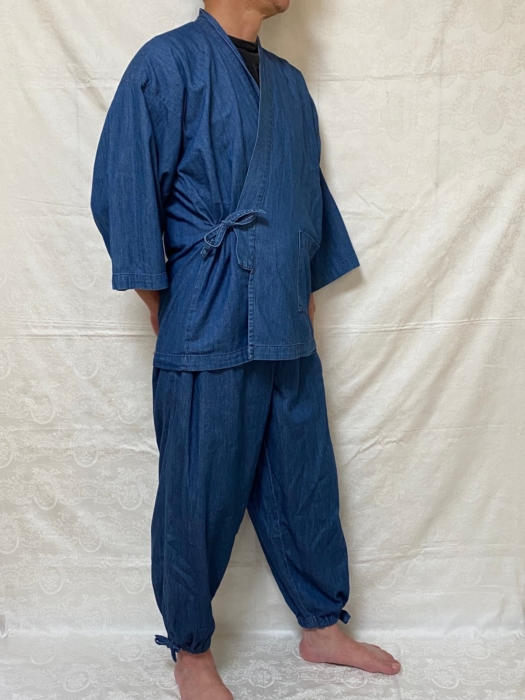

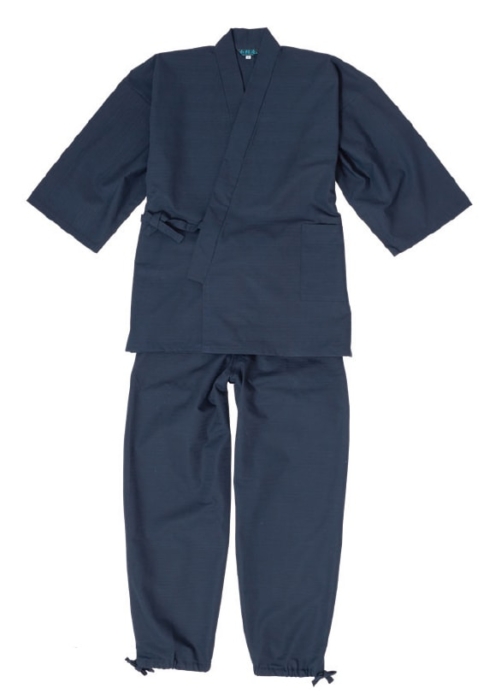

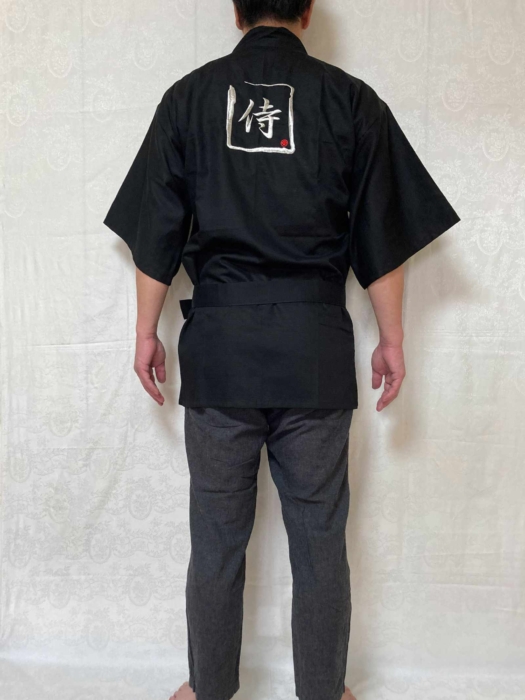
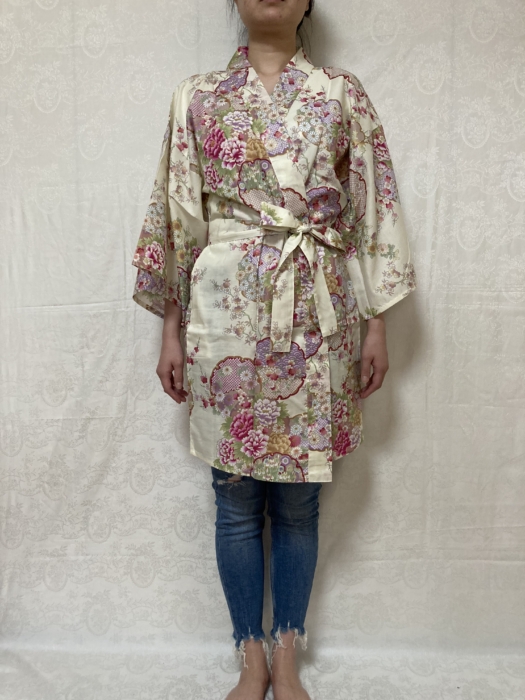
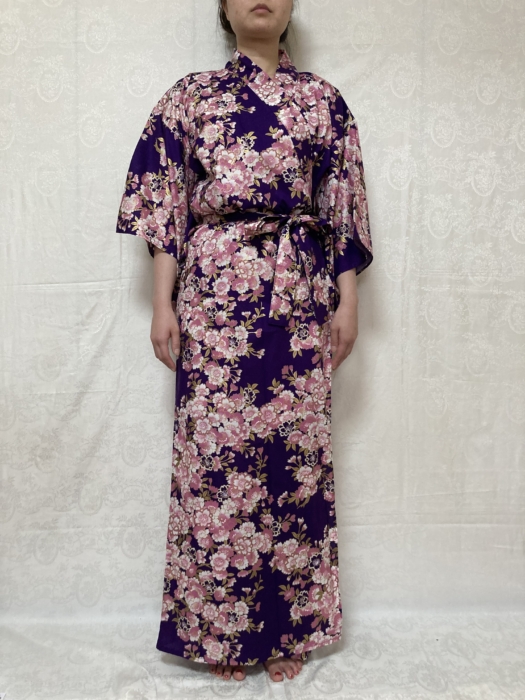
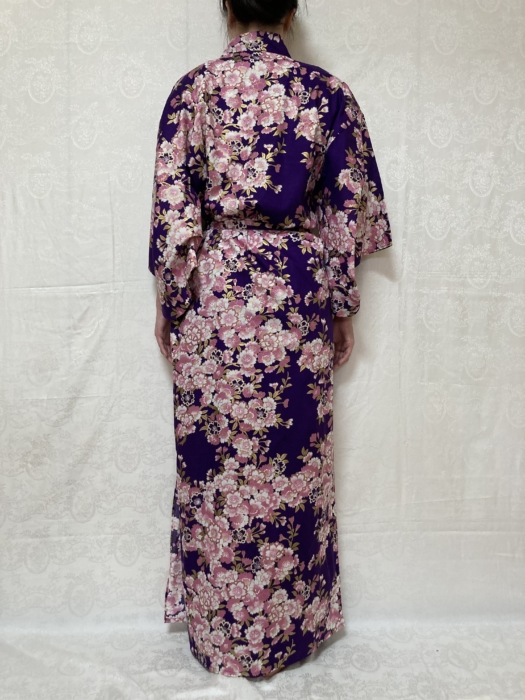
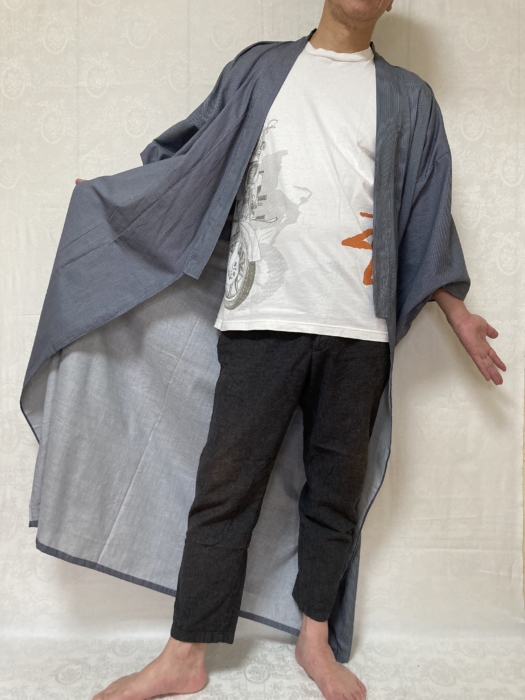
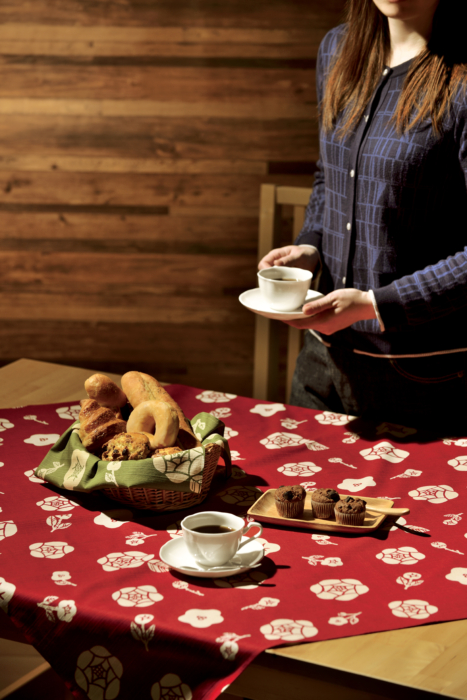
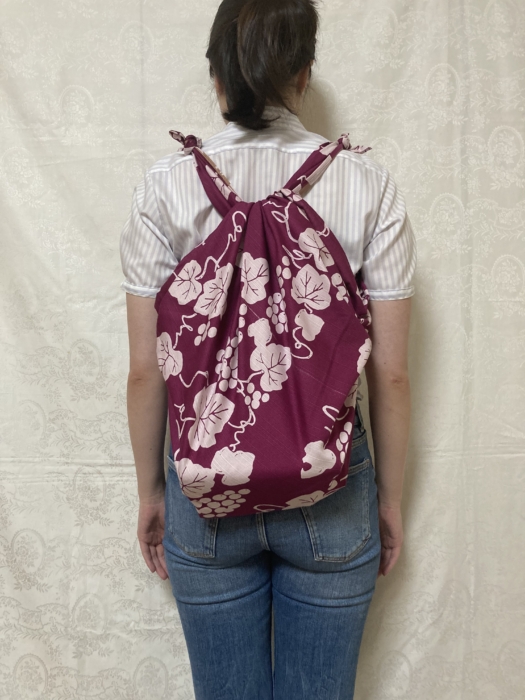
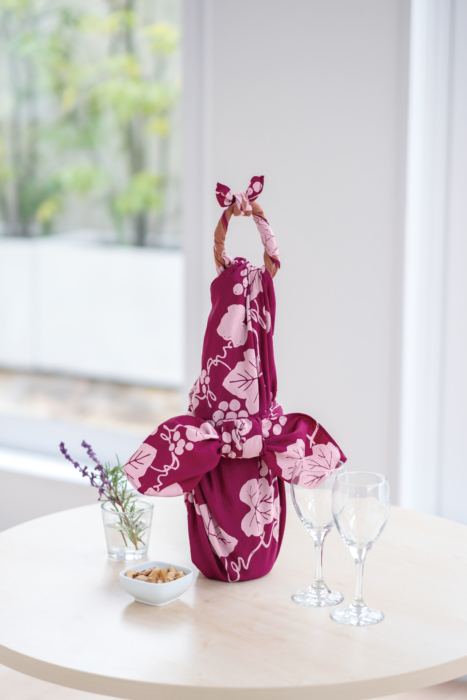

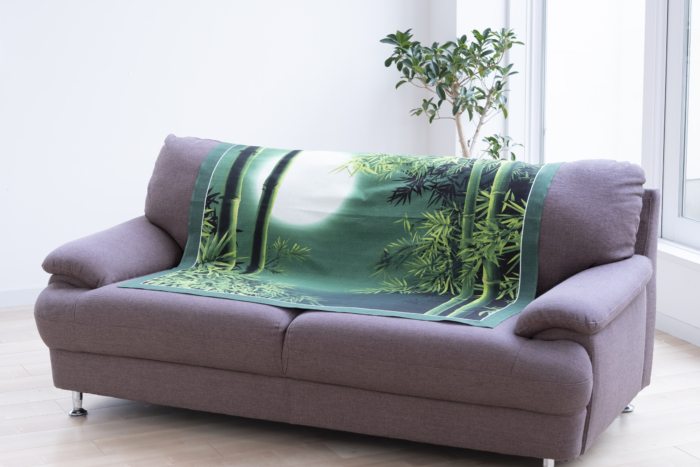
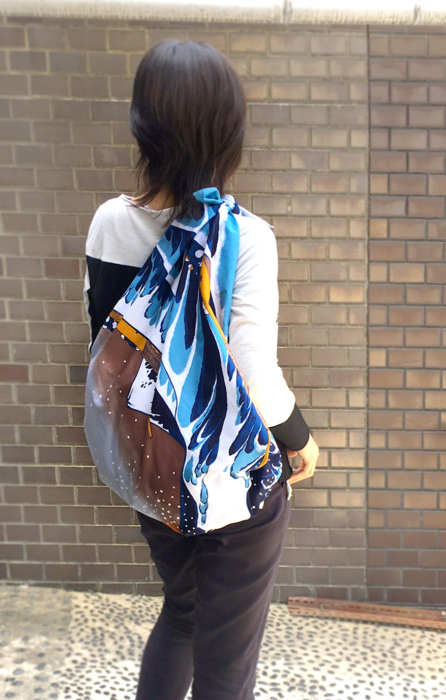
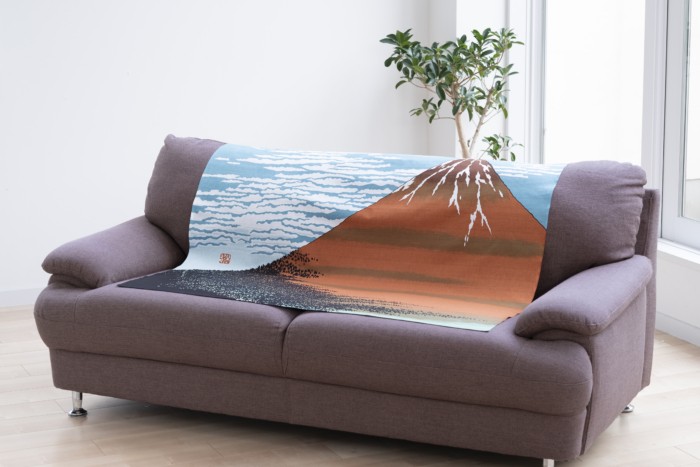
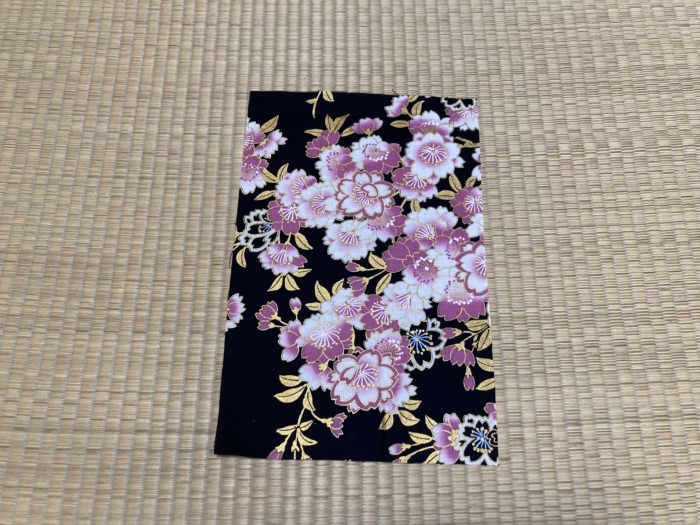
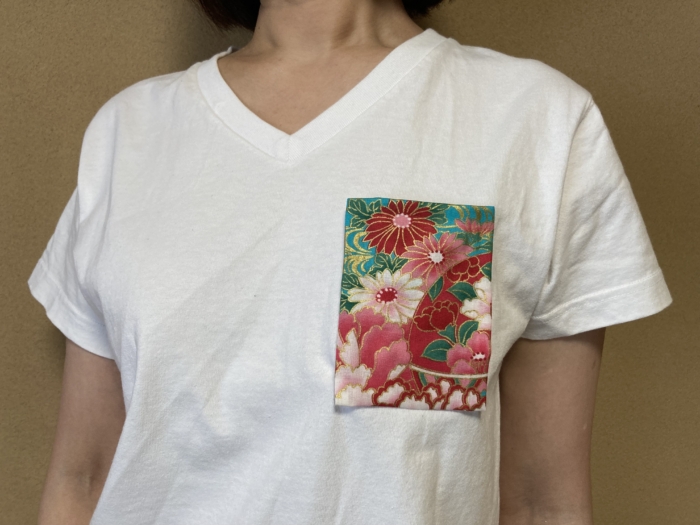
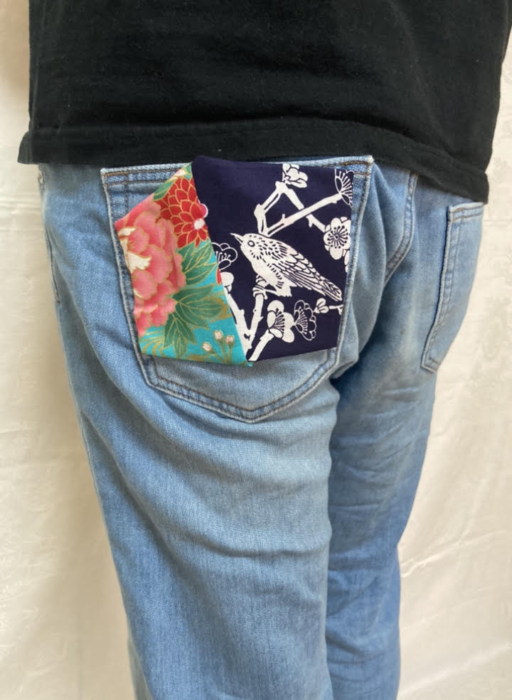
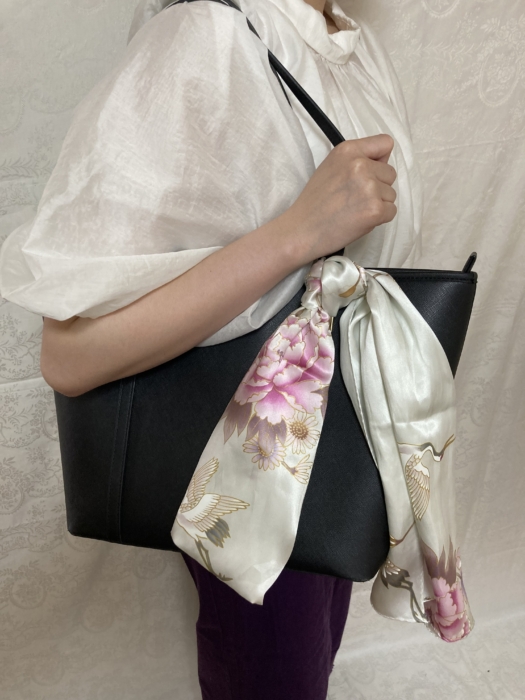
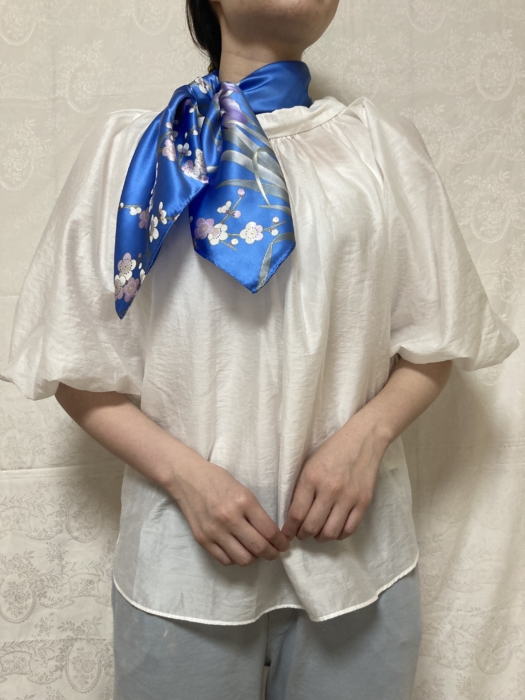
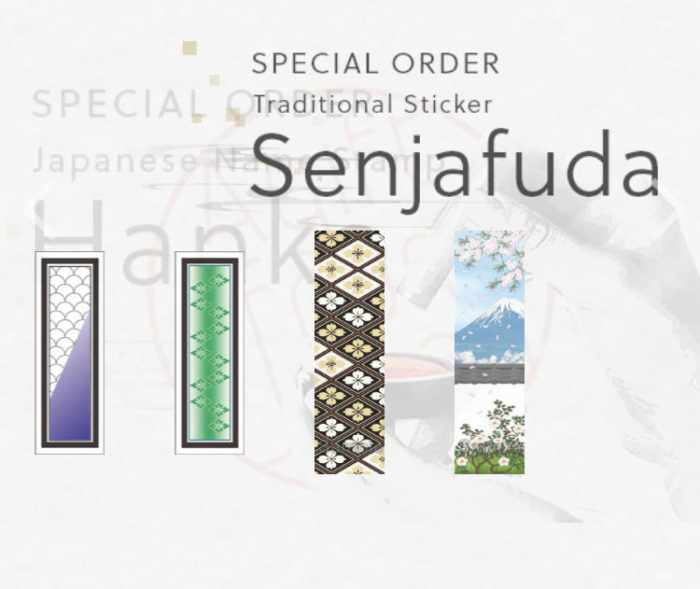
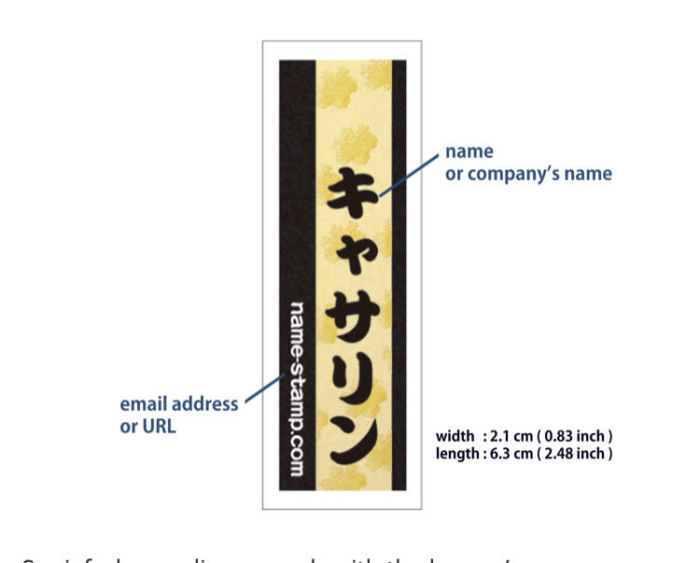

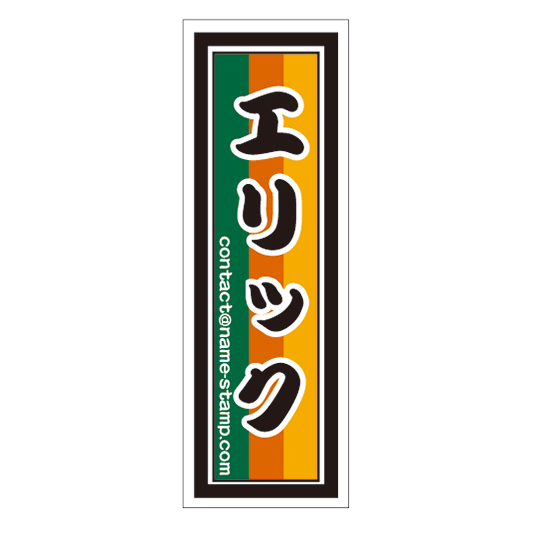

 Shipping is free for purchases over ¥30,000 ( JPY )
Shipping is free for purchases over ¥30,000 ( JPY )